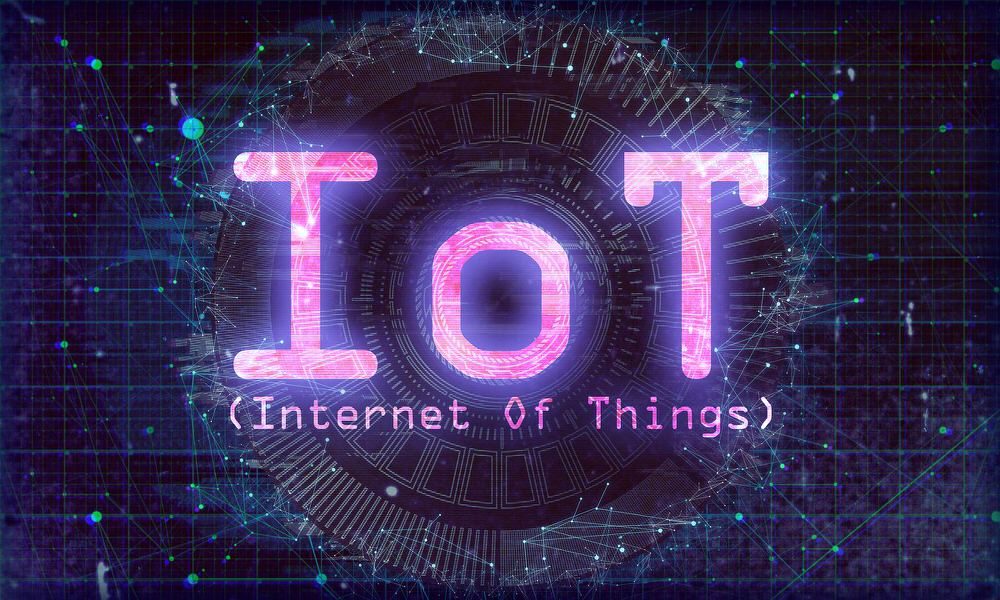Wearable devices and IoT sensors are, today, a concrete support for both accident prevention and immediate management of workplace emergencies. In particular, IoT devices and solutions will make lone workers' lives safer.
Accidents at work: an overview
According to the ILO (International Labour Organisation) a worker dies every 15 seconds as a result of an occupational accident or disease. Every 15 seconds, 153 workers suffer an accident at work.
It is estimated that more than 2.3 million workers die each year from work-related accidents or occupational diseases.
In Italy, 405,538 work accidents were reported and recognised by INAIL (National Institute for Insurance against Accidents at Work) in 2019. Around 18.6% of these occurred ‘outside the company’, i.e. when working with means of transport and during the round trip between home and the workplace. There were 1,156 reports of fatal accidents at work and INAIL ascertained 628 deaths ‘at work’, of which 362 (57.6%) occurred ‘outside the company’.
The 2019 figures confirm the progressive increase in occupational disease reported in Italy over the past decade. The 61,201 illnesses reported in 2019 amount to 2.9% more than the previous year and 40% more than in 2010.
The high human cost of these daily tragedies is very high and can be identified as the consequence of poor workplace safety practices, the burden of which — according to the ILO — is estimated to be 4% of the world’s annual gross domestic product.


How can IoT devices improve safety at work?
The Internet of Things — an expression first used by Kevin Ashton in 1999 to describe a system in which the physical world is connected to the Web through sensors — has helped companies in various sectors simplify their operations by increasing productivity. Real-time data collection and reporting are also showing further potential for improving the working conditions of employees in high risk sectors. Wearable devices — better known as ‘wearables’ — will become a feature of the IoT sector, as well as a unique opportunity to ensure worker safety.
Wearable technology encompasses a wide range of devices developed to be worn and accessed by the user. When applied close to or in contact with the human body, they allow biomedical, biochemical and physical parameters to be measured, processed and transmitted, also making it possible to perform mechanical actions should the need arise.


Wearables are a data collection point, no matter where they are installed. Smart devices make it possible to record accidents in the workplace and provide information on surrounding factors. With the information obtained, safety managers can trace common denominators and highlight risks they were previously unaware of in order to make high-risk areas safer.
A genuine revolution in the IoT sphere — with Partitalia playing a leading role — is the creation of clothing embedded with sensors. In recent years, textile research has led to significant investments in the development of advanced fibres capable of achieving high technological complexity, integrating multidisciplinary and multifactor requirements.
In garments embedded with sensors, every element is essential, even in its extreme simplicity, which is why they are considered, for all practical purposes, second-generation wearables.
Therefore, the cross-cutting nature of IoT devices, thanks as well to improved wearable technology, will make the lives of lone workers safer, limiting dangerous situations and tracking potential risks.
Wearable sensors are designed to monitor and assist workers exposed to dangerous situations on a daily basis. They detect a great deal of vital information — exposure to toxic gases, regular breathing and heartbeat, body movements — and enable automated alarm reporting to issue immediate calls for help if the worker suddenly feels ill or is in danger.
These solutions are gradually becoming an indispensable tool for protecting worker health and ensuring safety in the workplace.


